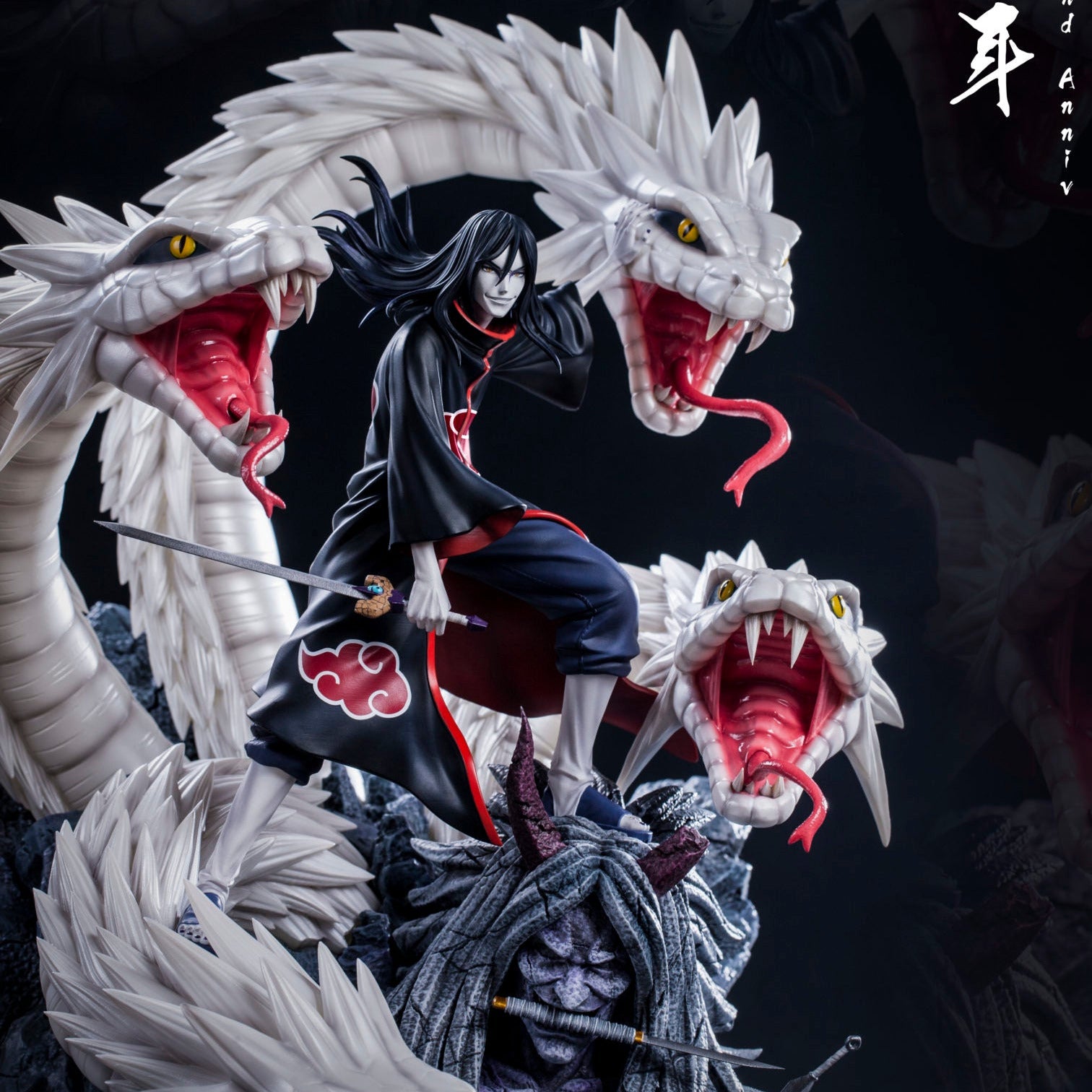Warhammer 40K is a vast universe steeped in rich lore that has evolved significantly since its inception. Originally a tabletop miniature wargame, it has grown into a multifaceted franchise encompassing novels, video games, and more. This article will explore the timeline of Warhammer 40K joytoy or lore, tracing its evolution from a simple backdrop to an expansive narrative that captures the imagination of fans worldwide.
1. The Birth of Warhammer 40K (1987)
Warhammer 40K was first launched by Games Workshop in 1987, emerging as a science fiction counterpart to its fantasy-focused predecessor, Warhammer Fantasy Battle. The initial release introduced players to a dark, dystopian future where humanity was locked in a brutal war against various alien species and supernatural forces. This early lore was basic, outlining the key factions, including the Imperium of Man, the Chaos Gods, and the Eldar.
The first edition of the game set the stage for a grim universe, emphasizing themes of decay, fanaticism, and despair. The art and storytelling of the time hinted at a much larger world beyond the tabletop, laying the groundwork for future expansions of Warhammer 40K lore.
2. Expansion and Deepening Lore (1990s)
The 1990s saw the first significant expansion of Warhammer 40K lore. The introduction of the second edition in 1993 brought not only updated rules but also new background material. This era introduced iconic elements like the Horus Heresy, a galaxy-spanning civil war within the Imperium that had devastating consequences. The Horus Heresy became a cornerstone of the narrative, providing depth to the history of the Imperium and establishing a plethora of new characters and factions.
During this time, Games Workshop began publishing novels under the Black Library imprint. The first novels, such as “The Last Chancers” and “Space Wolf,” began to flesh out individual characters and their motivations, creating a more immersive experience for fans. The lore expanded to include the intricacies of the Adeptus Mechanicus, the tragic fall of the Eldar, and the sinister plans of the Tyranids, paving the way for more complex narratives.
3. The Rise of the Black Library (2000s)
As Warhammer 40K continued to grow, the 2000s marked a pivotal era for its lore. The Black Library became a central pillar in expanding the universe, with authors like Dan Abnett, Graham McNeill, and Aaron Dembski-Bowden contributing to the lore through compelling narratives. Series such as the “Gaunt’s Ghosts” and “The Horus Heresy” gained popularity, attracting both new and veteran players.
This decade also saw the introduction of new factions, including the Tau Empire and the Necrons, enriching the existing tapestry of Warhammer 40K. These additions brought fresh perspectives to the universe, challenging the established order and adding complexity to inter-faction dynamics. The lore explored themes of technology versus magic, the fragility of alliances, and the moral ambiguities of war.
4. The Transition to 8th Edition (2017)
The release of the 8th edition of Warhammer 40K in 2017 marked another significant turning point in the evolution of its lore. Games Workshop revamped the rules and narrative framework, making the game more accessible to newcomers while honoring its rich history. This edition emphasized the importance of narrative play, encouraging players to engage with the lore more deeply.
The 8th edition also introduced the concept of the Great Rift, a massive warp storm that tore the galaxy apart, leading to a new era of chaos and conflict. This event drastically altered the balance of power in the universe, bringing previously dormant factions to the forefront and reshaping alliances. The narrative became more dynamic, reflecting the ongoing struggles of various factions and the emergence of new heroes and villains.
5. Warhammer 40K in Popular Culture (2020s)
As we entered the 2020s, Warhammer 40K’s influence expanded beyond tabletop gaming into popular culture. The lore has been explored through animated series, video games, and even films. The “Warhammer 40K: Dawn of War” series of video games has allowed players to experience the lore interactively, while the upcoming “Warhammer 40K: Space Marine 2” promises to dive even deeper into the narrative.
The Black Library continues to release new novels and audio dramas, further expanding the lore and introducing new characters and story arcs. The resurgence of interest in the franchise, fueled by social media and streaming platforms, has created a vibrant community of fans eager to explore the depths of Warhammer 40K lore.
6. The Current State of Warhammer 40K Lore
Today, Warhammer 40K is more than just a game; it is a sprawling universe filled with intricate lore and countless stories. The ongoing narrative has evolved to reflect contemporary themes, such as the nature of power, the consequences of technology, and the struggles of individuals within a vast, uncaring universe. The complexity of the lore invites analysis and debate, fostering a passionate community dedicated to exploring every facet of the Warhammer 40K universe.
Conclusion
The evolution of Warhammer 40K lore is a testament to the creativity and dedication of its creators and fans. From its humble beginnings as a tabletop game to its status as a cultural phenomenon, Warhammer 40K has developed a rich narrative that continues to captivate audiences. As new stories and expansions are released, the lore will undoubtedly evolve further, ensuring that the dark and fascinating universe of Warhammer 40K remains relevant for generations to come.
Whether you are a seasoned veteran or a newcomer to the franchise, the vast timeline of Warhammer 40K offers a wealth of narratives waiting to be explored. The intricate web of history, character development, and thematic depth makes Warhammer 40K a unique and enduring part of the science fiction landscape

